In Simcoe, Ontario, maintaining a lush and healthy lawn can be a challenging task, especially during the dry summer months. This is where a lawn sprinkler system can make a world of difference. From saving time and effort to promoting healthy lawn growth, the benefits of lawn sprinkler system installation are numerous.
In this article, we will explore the different types of lawn sprinkler systems, the factors to consider when installing one, and the step-by-step process of installation.
Whether you’re a homeowner looking to enhance your property or a business owner wanting to create an inviting outdoor space, understanding the ins and outs of lawn sprinkler systems is essential.
So, let’s delve into the world of lawn sprinkler systems and discover how they can transform your outdoor space.
What Is a Lawn Sprinkler System?
A lawn sprinkler system is an automated watering system designed for efficient watering and maintenance of lawns and gardens.
It plays a pivotal role in water management by ensuring that the right amount of water is delivered to the specific areas, preventing overwatering or underwatering. Professional installation of a lawn sprinkler system is essential to ensure proper coverage and efficient water usage. This system offers numerous benefits for lawn care and garden maintenance, including promoting healthy grass growth, reducing water waste, and providing convenience in maintaining the overall landscaping.
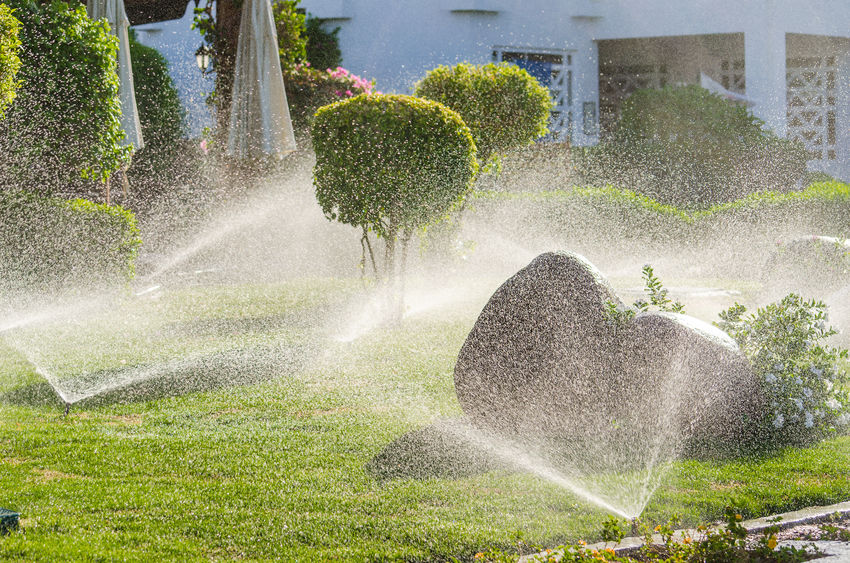
What Are the Benefits of Installing a Lawn Sprinkler System?
Installing a lawn sprinkler system in Simcoe, Ontario, offers numerous benefits, including efficient water conservation and the enhancement of property value.
It also provides the convenience of maintaining a healthy lawn without the hassle of manually watering. With a sprinkler system, you can ensure that your lawn receives the right amount of water at the right time, promoting lush greenery while saving water. A well-maintained lawn contributes to the aesthetics of your property, increasing its curb appeal and overall value. This investment not only benefits your household but also contributes to the sustainable use of water resources in the community.
Saves Time and Effort
One of the key benefits of a lawn sprinkler system is its ability to save time and effort through automated watering, facilitated by professional installation to streamline lawn care routines.
By having a professional install the system, it ensures that the sprinklers are strategically placed to cover the entire lawn efficiently, without any wasted water or missed spots. This optimized placement not only saves on water usage but also helps in maintaining a lush, healthy lawn. The automated scheduling feature of modern sprinkler systems allows for precise control of watering times and durations, effectively adapting to specific grass and soil needs, all contributing to the overall efficiency and effectiveness of lawn care.
Conserves Water
Installing a lawn sprinkler system promotes water conservation by enabling efficient watering and seasonal adjustments to minimize water usage. It ensures that the right amount of water is delivered to the specific areas in the landscape, preventing overwatering and runoff. By incorporating modern technology, some sprinkler systems can be programmed to adjust watering schedules based on weather forecasts, saving water during rainy periods. These systems can be equipped with soil moisture sensors, allowing them to automatically adjust the watering frequency to match the soil’s moisture levels, further reducing water waste.
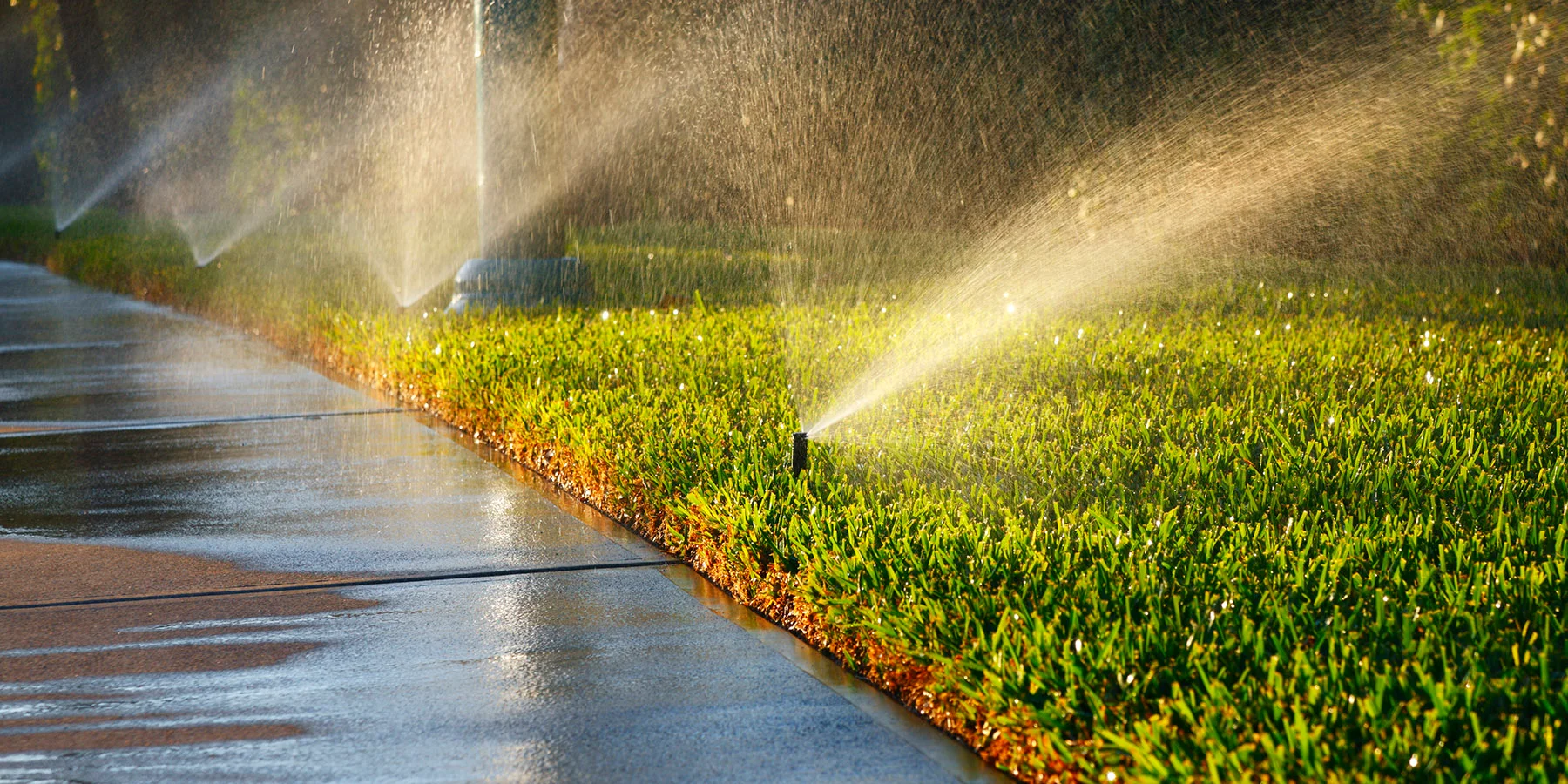
Promotes Healthy Lawn Growth
A lawn sprinkler system contributes to promoting healthy lawn growth by delivering water tailored to the specific soil type and plant needs, ensuring optimal lawn health.
This approach not only helps in maintaining an even distribution of moisture across the lawn but also reduces water wastage and expense. By providing water directly to the root zones, the sprinkler system encourages deep rooting, which enhances the grass’s resilience to drought conditions. It supports the customization of watering schedules based on the specific requirements of the plants, ensuring that different areas of the lawn receive appropriate amounts of water, promoting overall health and greenery.
Customizable Watering Schedule
The customizable watering schedule of a lawn sprinkler system allows for adaptation to varying weather conditions and specific maintenance requirements, ensuring efficient watering practices.
This feature enables the system to adjust the watering frequency and duration based on factors such as rainfall, humidity, and temperature. By aligning with the specific needs of the lawn, it promotes healthy growth while conserving water. The flexibility of the schedule allows for easy maintenance, making it convenient for homeowners to manage without constant adjustments. The customizable watering schedule is a valuable asset in maximizing the effectiveness of a lawn sprinkler system.
Increases Property Value
The installation of a lawn sprinkler system can significantly increase property value, enhancing the appeal of landscaping and outdoor living spaces.
This modern irrigation solution not only saves time and effort, but also ensures that the lawn and garden areas are well-maintained and lush. A well-irrigated, vibrant landscape can create a positive first impression for potential buyers, making the property more attractive and potentially increasing its market value.
A sprinkler system allows for more versatile and functional outdoor living spaces, as homeowners can enjoy a beautiful, green environment without the hassle of manual watering. This convenience and aesthetic enhancement contribute to the overall appeal and value of the property.
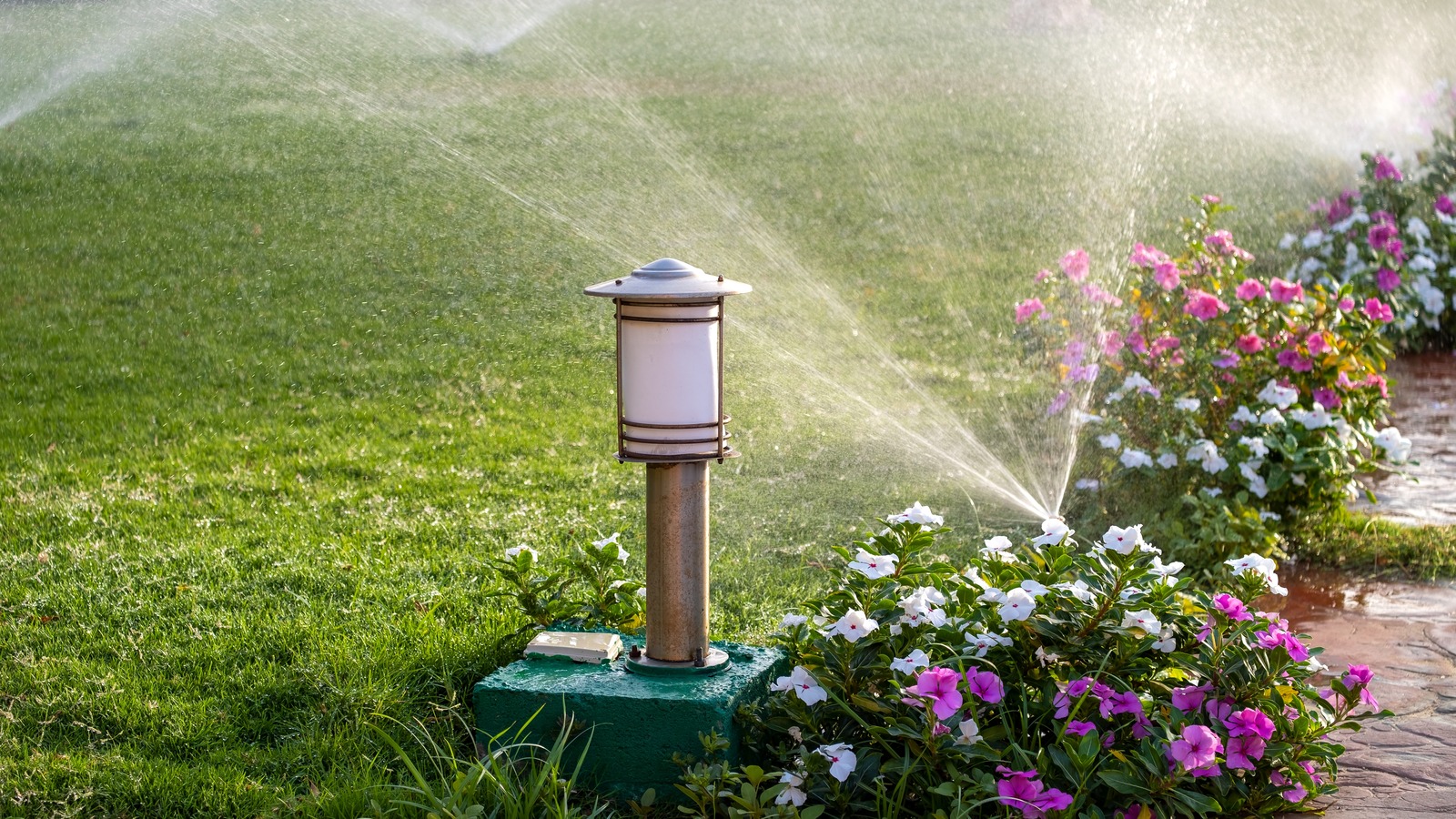
What Are the Different Types of Lawn Sprinkler Systems?
Lawn sprinkler systems encompass various types, including above-ground systems, in-ground systems, and drip irrigation systems, each offering unique watering solutions.
Above-ground systems consist of stationary or oscillating sprinklers, providing broad coverage and a straightforward setup. They are ideal for smaller lawns and flowerbeds.
In-ground systems, on the other hand, feature pop-up or rotating heads that retract when not in use, creating a seamless, unobtrusive appearance. These systems are suitable for larger areas and offer precise watering control.
Drip irrigation systems deliver water directly to the plant’s root zone, promoting water conservation and minimizing weed growth. They are beneficial for hilly terrains or water-sensitive plants.
Above-Ground Sprinkler Systems
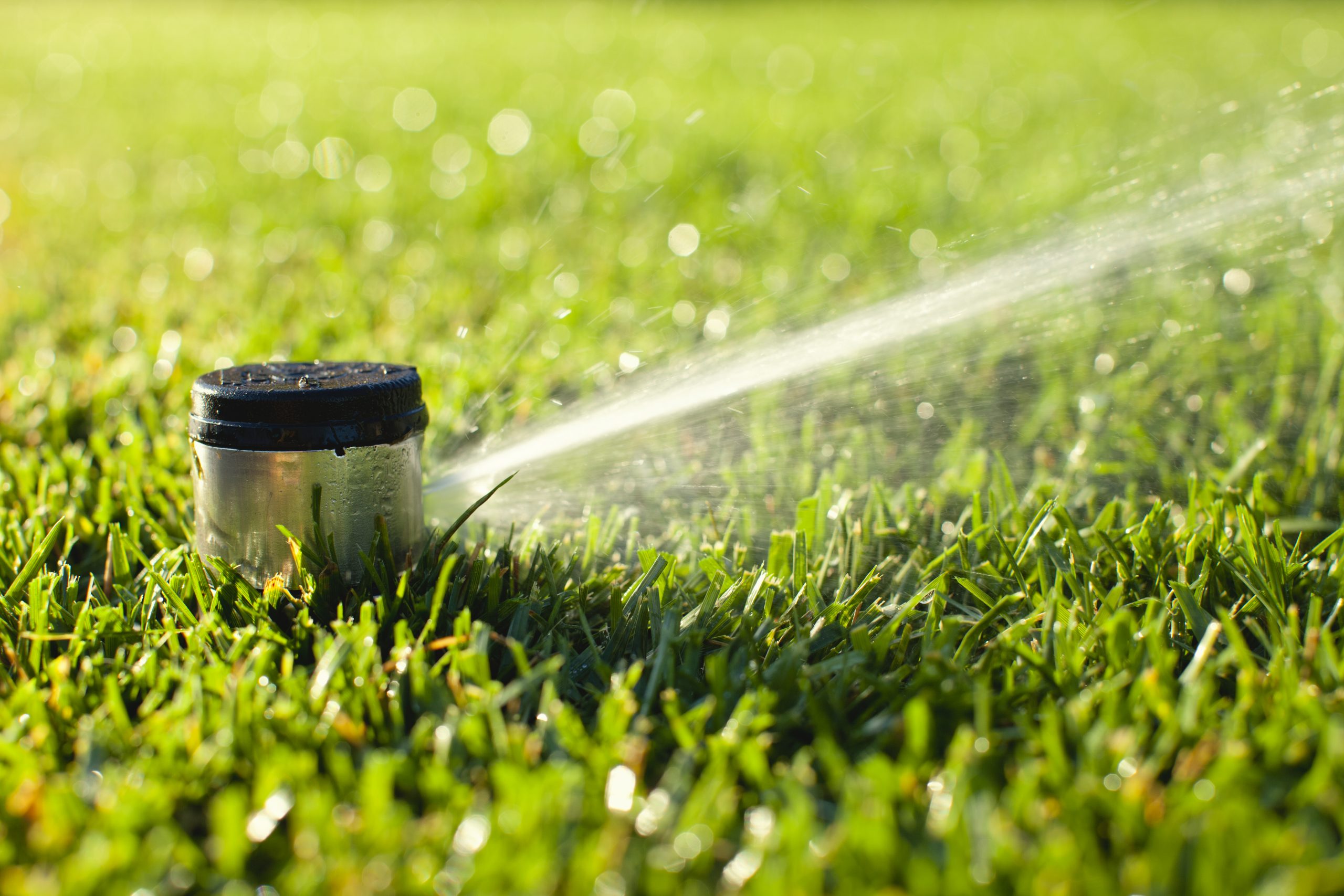
Above-ground sprinkler systems are a popular choice for lawn sprinkler system installation, offering flexibility and ease of seasonal adjustments for efficient watering. They provide a convenient solution for providing water to the entire lawn area, ensuring even distribution and minimizing water wastage. These systems can be easily customized to cater to specific lawn shapes and areas, allowing for targeted irrigation. Their above-ground installation eliminates the need for extensive digging, making them a cost-effective and time-saving option for homeowners. The ability to adjust the watering patterns based on seasonal requirements ensures optimal care for the lawn throughout the year.
In-Ground Sprinkler Systems
In-ground sprinkler systems are a popular choice for efficient and discreet watering. They utilize underground pipes and a dedicated water supply to ensure that water is distributed evenly and effectively across the lawn or garden. The systems can be programmed to water at specific times, promoting healthier plant growth and conserving water.
In addition, the use of underground pipes eliminates the need for above-ground hoses and sprinklers, contributing to a tidier and more aesthetically pleasing outdoor space.
With their automated and targeted watering, in-ground sprinkler systems offer convenience and efficiency for maintaining a lush and vibrant landscape.
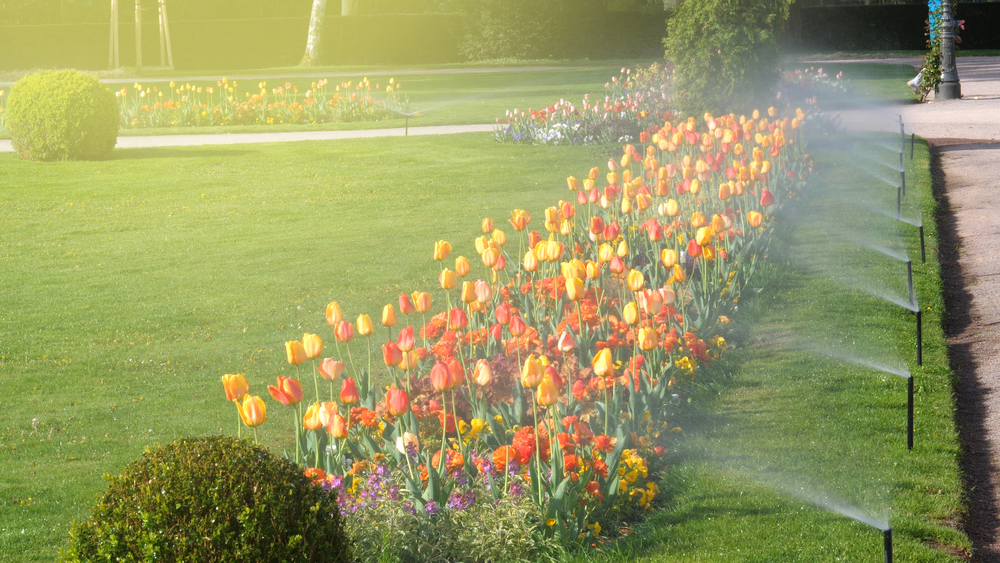
Drip Irrigation Systems
Drip irrigation systems within a lawn sprinkler system focus on targeted water delivery, promoting water conservation and addressing specific plant watering needs.
This method ensures that water is directed precisely to the root zone of plants, reducing water wastage and potential runoff. By delivering water directly to the plant’s root system, drip irrigation systems also help in preventing weed growth and diseases caused by excessive moisture on foliage. The tailored watering approach ensures that each plant receives the right amount of water, promoting healthy growth and optimal utilization of resources.
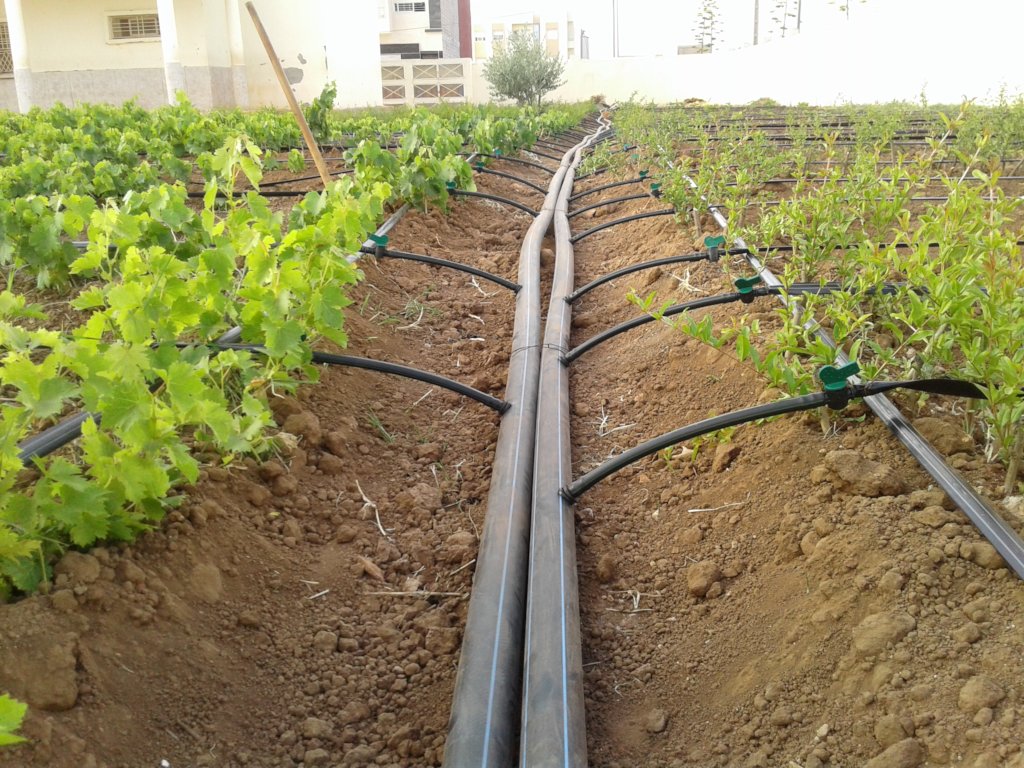
What Factors Should Be Considered When Installing a Lawn Sprinkler System?
Several key factors should be considered when installing a lawn sprinkler system, including:
- compliance with local regulations
- soil type assessment
- budget considerations
Local regulations play a crucial role in determining the size and scope of the sprinkler system. It’s essential to obtain necessary permits and adhere to any restrictions regarding water usage or installation practices.
Soil type assessment is another vital aspect, as it impacts the system’s efficiency and water distribution. Understanding the soil’s composition helps in selecting the appropriate sprinkler heads and adjusting the watering schedule.
Budget considerations encompass the initial installation costs, ongoing maintenance, and potential energy expenses. Careful planning and evaluation can ensure a well-suited sprinkler system that meets both functional and budgetary requirements.
Size and Shape of Lawn
The size and shape of the lawn play a crucial role in determining the installation requirements and landscaping considerations for a lawn sprinkler system.
A smaller, rectangular lawn may require a simpler irrigation layout, while a larger, irregularly shaped lawn might necessitate a more intricate design. The dimensions influence the placement of sprinkler heads, the selection of watering patterns, and the overall water distribution. The topography and soil composition of the lawn also need to be factored in. Understanding these factors helps in creating an efficient and effective irrigation plan that ensures optimal coverage and water conservation.
The shape of the lawn affects the accessibility for equipment and maintenance, impacting the long-term performance and upkeep of the sprinkler system.
Water Source and Pressure
Assessing the water source and pressure is essential when planning the installation of a lawn sprinkler system, ensuring reliable and adequate water supply for efficient watering.
This evaluation allows for the determination of the available water volume and pressure necessary for the designated area, preventing issues with inadequate supply or weak pressure. By considering the water source quality, such as potential contaminants or mineral content, the longevity and functionality of the sprinkler system can be preserved. Understanding these factors facilitates the selection of appropriate irrigation equipment, ensuring optimal performance and longevity for a lush, well-maintained lawn.
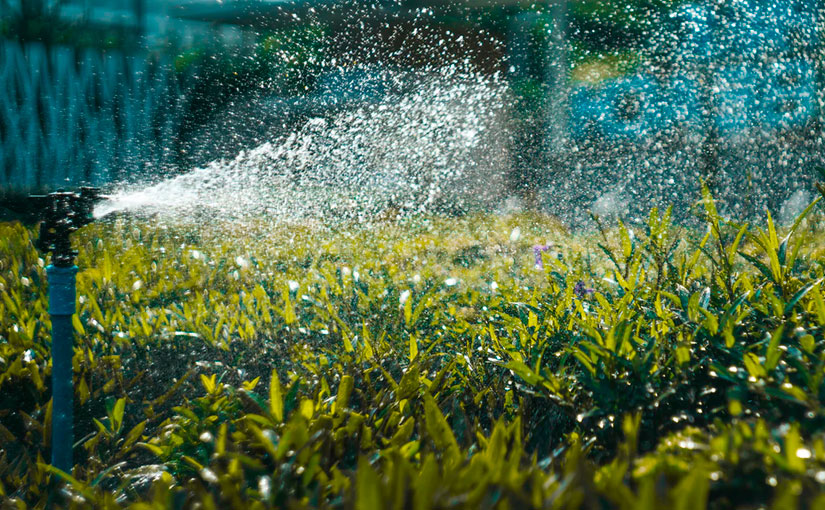
Soil Type and Drainage
Understanding the soil type and drainage characteristics is pivotal for installing a lawn sprinkler system that caters to specific plant needs and ensures effective watering.
By evaluating the soil type and drainage, you can determine the water-holding capacity and permeability of the soil, which directly impacts the irrigation requirements of different plants. For instance, sandy soil may require more frequent watering due to its fast drainage, while clay soil may retain water for longer periods. This knowledge allows for the customization of the sprinkler system to deliver the right amount of water at the right intervals, promoting healthier plant growth and conservation of water resources.
Budget
Budget considerations are an integral aspect of planning the installation of a lawn sprinkler system, aiming to ensure cost-effective solutions without compromising quality.
This involves assessing the overall expenses for the purchase of sprinkler equipment, labor costs, and ongoing maintenance. By carefully evaluating the budget, homeowners can make informed decisions to maximize the efficiency of the irrigation system while minimizing unnecessary expenses.
Quality assurance is fundamental in upholding the standard of the sprinkler system, ensuring that it operates effectively and withstands the test of time. Utilizing durable components and efficient design practices can further contribute to the longevity and performance of the system, aligning with both budget constraints and quality expectations.
What is the Process for Installing a Lawn Sprinkler System?
The installation of a lawn sprinkler system involves a comprehensive process, including sprinkler design, trenching, installation of pipes, connection to the water source, and extensive testing and adjustments.
The initial step in the installation process is designing the sprinkler layout, considering the lawn’s size, topography, and water pressure. Following this, trenching is done to create pathways for the pipes. The next stage involves carefully installing the pipes, making sure they are properly aligned and sloped for efficient water distribution. The connection to the water source is a critical aspect, requiring the use of backflow preventers and valves to regulate water flow. Thorough testing is carried out to ensure the system’s functionality, including pressure checks and coverage evaluations.
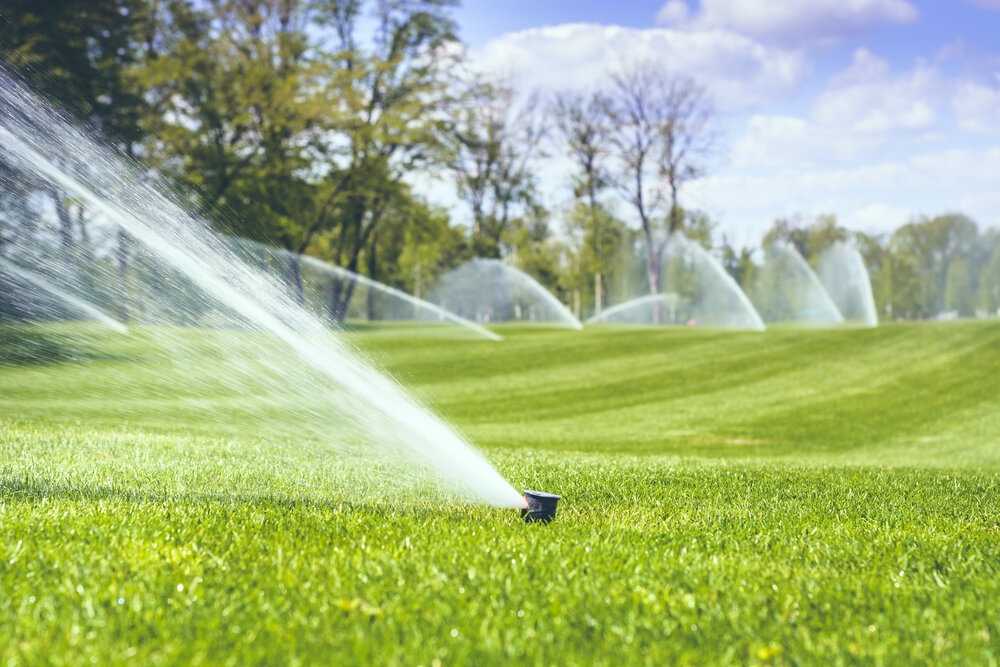
Design and Planning
The initial phase of installing a lawn sprinkler system involves meticulous design and planning to ensure optimal coverage and system efficiency.
This stage plays a crucial role in determining the overall effectiveness of the irrigation system. By carefully considering factors such as the layout of the landscape, water pressure, and the types of plants or grass being watered, the design and planning process helps to achieve uniform and adequate water distribution. It enables the incorporation of technology, such as smart controllers and efficient nozzles, to maximize water conservation and cost-effectiveness. By paying attention to these details, the installation sets the foundation for a sustainable and flourishing lawn.
Digging and Trenching
The digging and trenching stage of installing a lawn sprinkler system involves the excavation of the designated area to accommodate the placement of underground pipes for the irrigation network.
This step is crucial as it sets the foundation for the entire irrigation system. By carefully digging and trenching, the installation team ensures that the pipes are laid out in the most efficient and effective manner, optimizing water distribution across the lawn. The depth and consistency of the trenches are carefully calculated to provide the necessary support and protection for the pipes, safeguarding them from potential damage. In addition, proper trenching enables efficient water flow and pressure regulation, enhancing the overall performance of the sprinkler system.
Installation of Sprinklers and Pipes
The installation of sprinklers and pipes forms a pivotal stage in setting up a lawn sprinkler system, ensuring efficient and targeted watering for the landscape.
These components play a crucial role in ensuring that water is distributed evenly across the lawn, allowing for thorough hydration without wastage. Sprinklers and pipes also enable customization, as they can be strategically placed to address the specific watering needs of different areas within the landscape. By providing a system that delivers water directly to the roots of plants, these components help to promote healthy growth and minimize water runoff.
Incorporating sprinklers and pipes into the installation process is therefore essential for achieving a vibrant and well-maintained lawn.
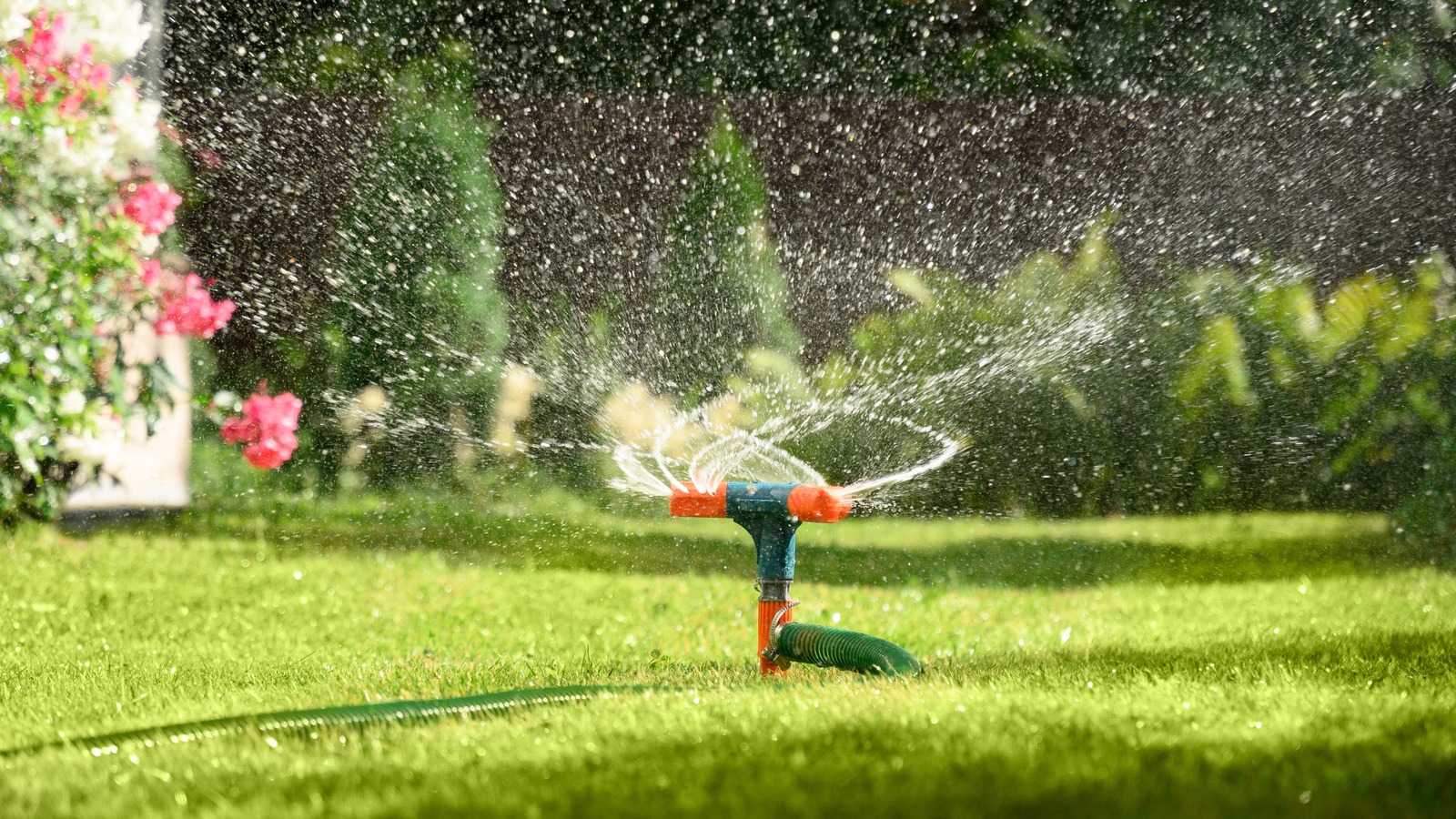
Connection to Water Source
Establishing the connection to the water source is a critical step in the installation process of a lawn sprinkler system, ensuring the seamless availability of water supply for irrigation.
It is essential to ensure that the water source is reliable and capable of meeting the irrigation needs of the lawn. The proper connection will ensure that the sprinkler system can efficiently distribute water to the entire lawn, promoting healthy growth and lush greenery. A seamless water supply will also contribute to the efficiency and longevity of the sprinkler system, minimizing the risk of malfunctions or disruptions in the irrigation process. Therefore, the quality of the water source connection plays a pivotal role in the overall effectiveness and functionality of the lawn sprinkler system.
Testing and Adjustments
When installing a lawn sprinkler system, thorough testing and adjustments play a crucial role in ensuring the system’s functionality and adaptability to seasonal changes.
This process validates that the sprinkler system can effectively distribute water across the entire lawn, accounting for different soil types and slopes. It also ensures that the system’s programming and timing are aligned with the varying water needs of the lawn during different seasons.
Through thorough testing and adjustments, potential issues such as uneven water distribution or inadequate coverage can be identified and resolved, ultimately contributing to the system’s overall efficiency and effectiveness.

